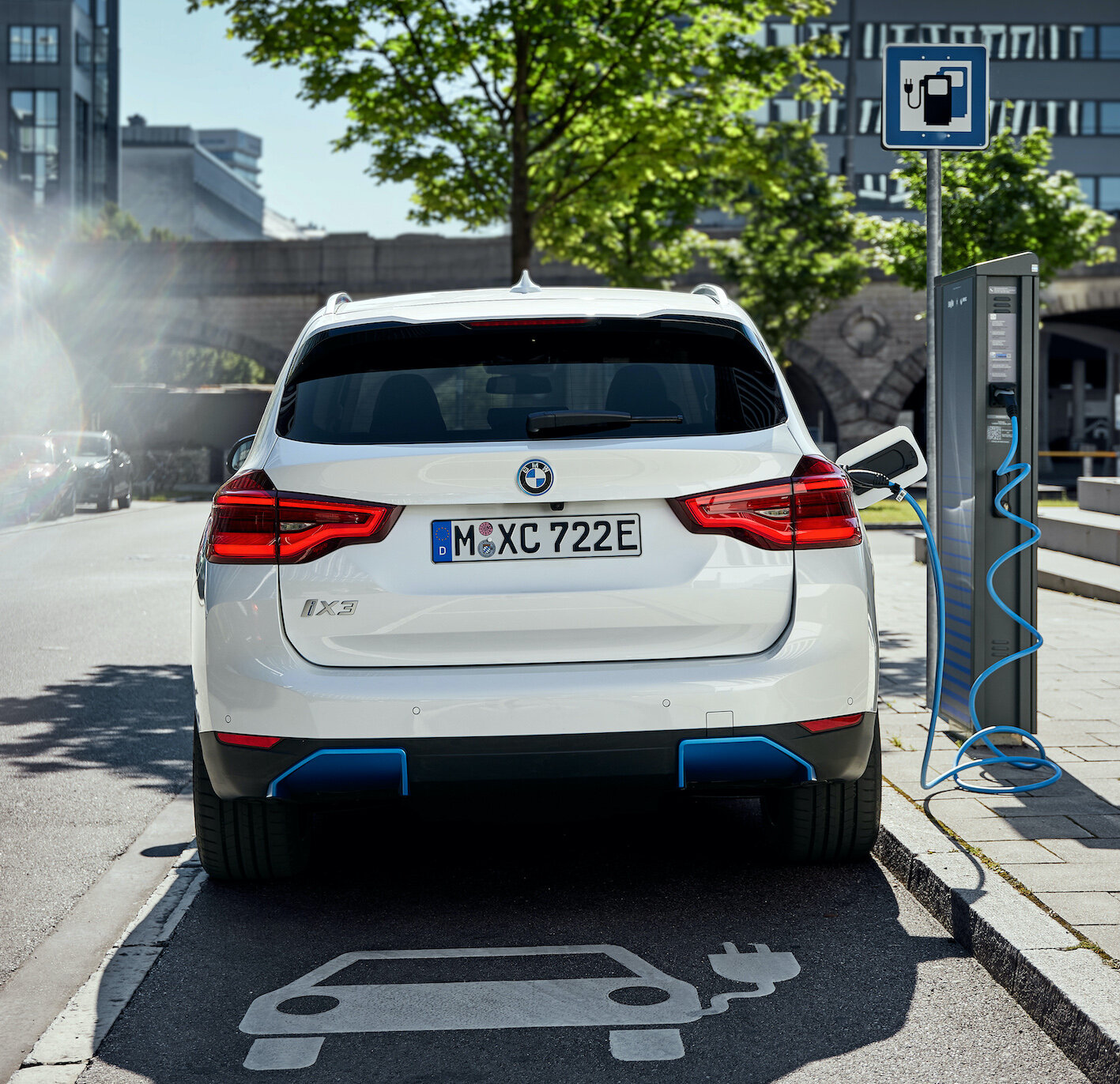iX3 unveiled and confirmed for NZ
/
BMW’s first battery-pure sports activity vehicle will be here in 2021
AN edition of the X3 crossover at the forefront of BMW’s electric vehicle push in 2021 has been revealed in full production form and confirmed for New Zealand.
BMW New Zealand has been surprisingly subdued about the iX3, unveiled in Munich by video conference last night (below).
The Auckland-based distributor’s comment has restricted to notification that pricing and specification details relevant to our market will be announced closer to local launch. The exact timing for this has yet to be divulged.
The lack of further comment from the distributor around the car’s announcement is at odds with the noise it was making a week ago, when it offered opinion that it has achieved leadership among German premium brands for electrified vehicle sales.
It claims this is on the back of BMW and MINI having shored up 25.8 percent of the premium segment in the first half of the year with ‘electrified’ vehicles – a descriptive apparently encompassing mild and plug-in hybrids (iPerformance in BMW-speak) which span everything from a hybrid 2-Series to the i8 whose production has been discontinued (though two remain unsold in NZ), as well as the sole pure battery-driven car it has here, the i3.
Claim that these models have been “outselling other German brands in the premium segment by more than 300 percent” seems an especially bold statement given the current car sales climate. And it has become one the brand has not yet been keen to unwrap further.
A request for further elaboration appears to still be churning through the local distributor’s media response process, which has become laborious since it ditched in-house media communications last year and contracted the role to an Auckland PR company, whose general policy is to pass on inquiries to BMW regional office in Australia to achieve a response that is subsequently relayed back to the media organisation. Or not.
By the time the iX3 lands, BMW will already have another small all-electric in the market, in the form of the MINI Electric hatch, whose first shipment arrives soon. BMW claims the entire 2020 allocation has already been sold out but has not said how many vehicles that comprises.
The iX3 is likely to be pitched as a competitor for three like-sorted models already on sale here - the Mercedes EQC, Audi e-tron and Tesla Model X – though those all offer all-wheel-drive, whereas the Munich model is rear-drive only.
BMW’s car also differs in being more obviously based on an existing model, yet it nonetheless represents an important step. It’s not just BMW’s first electric SUV, but also the first BMW to be available with either pure combustion, plug-in hybrid or pure electric power.
It’s also the first BMW for global export to be built in China - a plant developed with a partner in that country, Brilliance, will be the sole production point - and is the first to feature the brand’s “fifth-generation” electric drivetrain technology, which will be applied on upcoming EVs like the i4 sedan and the range-topping iNEXT SUV.
The X3’s platform has been adapted with a new rear sub-frame that can house an electric motor and an 80Wh battery pack that, BMW says, is 20 percent more energy dense than any battery it has used before.
Combined with a 210kW electric motor driving the rear axle, BMW claims a maximum range of around 460km on a single charge, 0-100kmh in 6.8 seconds, and a top speed of 180kmh.
Charging can be handled at up to 150kW at a suitable direct-current (DC) rapid charger station, enabling a 0-80 percent replenishment in 34 minutes. Alternating current (AC) single-phase and on-board three-phase charging at 11kW is also standard.
BMW is talking up the car’s adaptive energy recuperation system, which it claims automatically enhances efficiency on longer drives. Using location data from BMW’s latest cloud-based navigation system, the iX3 can autonomously change the level of braking recuperation on the move and according to the road ahead. For instance, if the car recognises that a stop sign is ahead, full recuperation will be deployed without any need for the driver to select it.
Alternately, the driver can take manual control of the regenerative braking, with three levels of resistance availed. A ‘B’ position on the Drive selector enables high enough energy recovery for one-pedal driving around town, a trick the brand appears to have nabbed from Toyota/Lexus.
The iX3 gets a unique tune for its standard adaptive suspension system with electronically controlled dampers. Alternately, buyers will be able to specify a sportier Adaptive M suspension setup.
The front grilles are closed off for aerodynamic purposes and the bumpers have been reprofiled and it gets set of aerodynamic wheels styled to reduce the drag coefficient by around five percent compared with regular X3 wheels.




















